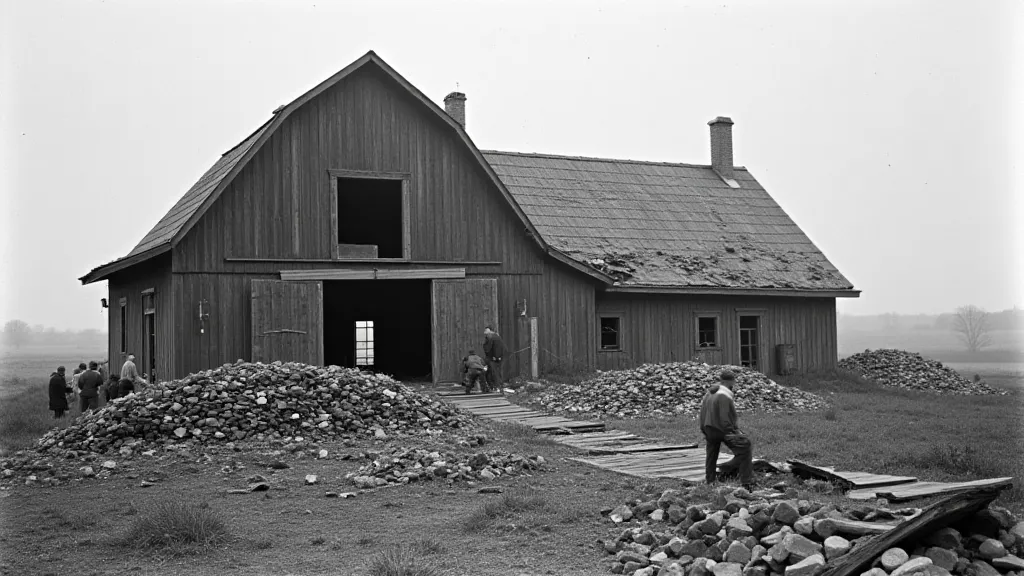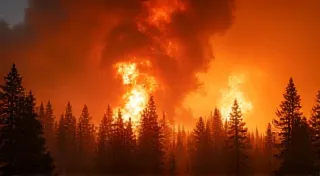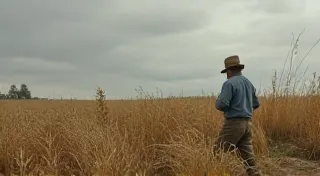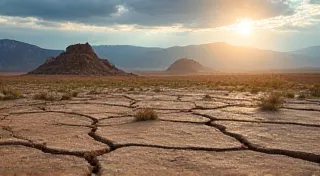Historical Hailstorms: Records and Regional Trends
Hailstorms, those sudden and often devastating bursts of ice, have impacted communities and landscapes for centuries. While modern weather forecasting offers some degree of warning, understanding historical hailstorms provides valuable insight into regional climate variability and helps us better anticipate future events. This article explores significant hailstorm events throughout history, focusing on regional patterns and the impact on agriculture and property. We'll delve into the challenges of reconstructing historical records and highlight some notable examples of hail-related destruction.
The Challenges of Historical Hail Records
Documenting hailstorms before the advent of widespread meteorological instrumentation presented significant hurdles. Early records often relied on anecdotal accounts, property damage assessments, and agricultural losses. These sources, while valuable, are often incomplete and subjective. Determining the size and intensity of hailstones solely from descriptions like “pea-sized” or "golf ball-sized" is imprecise, making comparative analysis across different time periods difficult. Agricultural losses were often quantified in terms of crop yield reductions, which doesn’t directly equate to the severity of the hailstorm itself. The challenges in accurately assessing historical environmental impacts are often complex and can be impacted by broader changes in land use and agricultural practices – a topic explored in more detail in Impacts of Early Agricultural Practices on Regional Climate. The interconnectedness of environmental factors also becomes apparent when considering events like the “Year Without a Summer,” demonstrating how volcanic activity can cascade into widespread agricultural distress – a topic that prompts deeper questions about climatic disruptions The 1816 ‘Year Without a Summer’: Volcanic Impact on Climate. Fortunately, a combination of historical documents, insurance claims, and increasingly sophisticated paleoclimatological techniques are helping us piece together a clearer picture of historical hail events.

Regional Patterns: A Look at Vulnerable Areas
While hailstorms can occur almost anywhere, certain regions consistently experience a higher frequency and intensity. The Great Plains of the United States are particularly susceptible, due to their unique geography and atmospheric conditions. The interaction of moist air from the Gulf of Mexico with the relatively cool, dry air from the Rocky Mountains creates an environment ripe for severe thunderstorm development, including hailstorms. The atmospheric conditions leading to severe storms are often influenced by broader climate patterns, sometimes mirroring effects seen in other regions – for example, those influenced by El Niño, as discussed in The Impact of El Niño on Historical Weather Patterns.
Other regions, such as parts of Argentina, Europe (particularly Italy and France), and Australia, also have documented histories of significant hailstorm events. The frequency and size of hailstones often correlate with factors like altitude, humidity, and the presence of strong updrafts within thunderstorms. Historically, mountain regions often see larger hail due to the uplift of moist air. Identifying long-term trends in these regional patterns is crucial for risk assessment and mitigation efforts. The impact of climate on societies and artistic expression is often intertwined; the disruption of established patterns, like the monsoons in Mughal India, can lead to profound societal anxieties that find their way into literature and art, as exemplified by "The Cartographer's Grief" – The Cartographer's Grief: When Monsoon Failure Painted Landscapes of Despair in Mughal India. Examining historical climate events, even those seemingly unrelated, can provide crucial context for understanding these trends.
Notable Historical Hailstorm Events
Let’s examine a few specific examples:
- The 1888 Fort Collins, Colorado Hailstorm: This event produced some of the largest hail ever recorded in the United States. Hailstones reportedly measured up to 7 inches in diameter and caused widespread damage to crops, buildings, and livestock. The event serves as a stark reminder of the potential for catastrophic hail impacts. The year 1888 saw a series of significant weather events across the globe, a time when communication and understanding of these events were limited by the technologies available. Consider also the broader context of extreme weather, which often coincides with periods of intense industrial activity, contributing to the "Great Smog" and highlighting the human impact on atmospheric conditions.
- The 1930s Dust Bowl Era Hailstorms: The period coincided with devastating droughts and dust storms, adding another layer of hardship to farmers. Hailstorms exacerbated the agricultural losses and made recovery even more challenging. The combined impact of drought, dust, and hail created an almost insurmountable challenge for many farming communities, forcing them to abandon their livelihoods and seek refuge elsewhere. The resilience of those who persevered is a testament to the human spirit, but also highlights the vulnerability of agriculture to extreme weather events.
- European Hailstorms: Records from the 18th and 19th centuries document significant hailstorms in Europe, often causing damage to vineyards and orchards, impacting wine and fruit production. The intense and sudden nature of the hail often resulted in widespread immediate devastation. The effects of these events were often amplified by the limited ability to manage crop failures and rebuild infrastructure quickly, impacting local economies for years to come.

Impact on Agriculture and Property
The historical impact of hailstorms extends beyond immediate property damage. Crop losses due to hail can have profound economic consequences for farming communities, leading to food shortages and price increases. Hailstorms can also devastate livestock, cause structural damage to homes and businesses, and disrupt infrastructure. Early insurance practices were often insufficient to cover the full extent of these losses, placing a heavy burden on affected populations. The lack of adequate insurance coverage often forced farmers to rely on community support and government assistance to recover from these devastating events. The limited understanding of meteorological phenomena at the time meant that preventative measures were often lacking, exacerbating the impact of these disasters. Understanding the underlying causes and impacts of these extreme weather events remains a crucial area of ongoing research, informed by historical precedent and modern scientific tools.
Modern Insights and Future Predictions
While understanding historical hail patterns provides valuable context, modern advancements in weather forecasting and climate modeling offer hope for better prediction and mitigation. While predicting the *exact* location and size of hailstones remains a challenge, improved radar technology and numerical weather models allow for more accurate warnings and the implementation of proactive measures, such as hail-resistant crop varieties and building designs. The historical record provides the baseline data necessary to evaluate the effectiveness of these new strategies. These advancements also highlight the importance of continued investment in scientific research and technological innovation to address the challenges posed by extreme weather events. The sheer volume of data now available, thanks to satellites and advanced sensor networks, provides a far more comprehensive picture of weather patterns than ever before, enabling scientists to develop more sophisticated models and improve forecasting accuracy. The lessons learned from events like the “Year Without a Summer,” and the historical devastation caused by intense storms, serve as powerful reminders of the interconnectedness of our climate and the importance of preparedness.

Conclusion
Historical hailstorm records, though imperfect, offer a crucial window into past climate variability and the challenges faced by communities throughout history. By combining historical data with modern scientific tools, we can gain a deeper understanding of these powerful weather events and work towards building more resilient communities in the face of future hailstorm risks. Continued research and data collection are essential for refining our understanding of historical hail patterns and improving our ability to protect lives and livelihoods. Considering the broader context of past events and their impact underscores the ongoing need for proactive measures and a commitment to sustainable practices to mitigate the risks posed by extreme weather events and build a more secure future for all. It's a reminder that weather isn't merely a backdrop to our lives – it's a powerful force that shapes our societies, economies, and cultures. The artistic and literary responses to periods of climatic stress, such as those documented in "The Cartographer's Grief," demonstrate the profound impact these events have on human experience and underscore the need for ongoing vigilance and preparedness in the face of future challenges.





